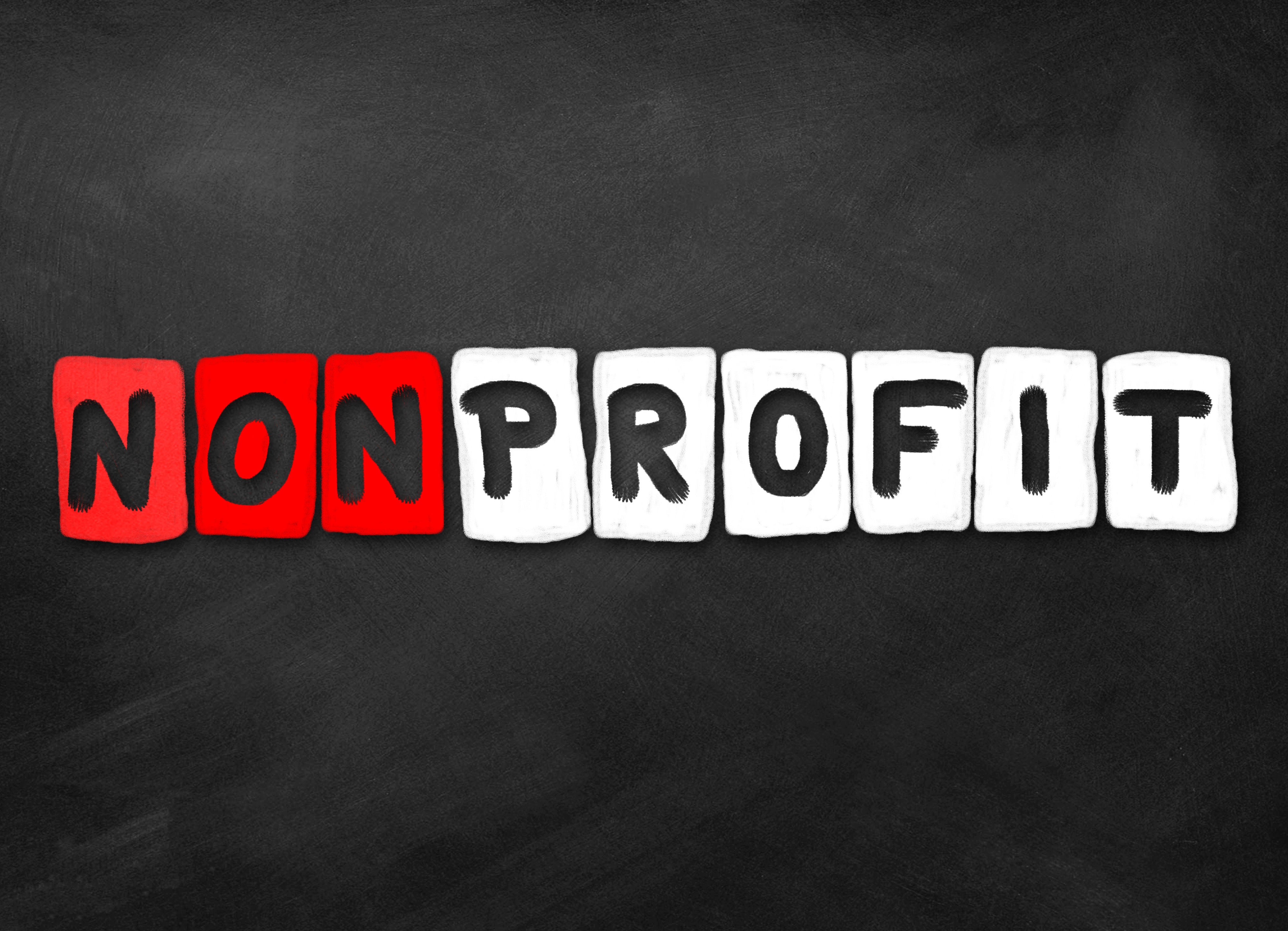

It's simple: If you want your nonprofit to thrive, you can't ignore potential fundraising streams. If your organization is on social media and blogging, then your executive director needs to be as well. Having a social media and content marketing presence isn’t just about the convergence of technology, but capitalizing on an industry shift toward inbound marketing happening across the nonprofit landscape.
Most Nonprofit Executive Directors leave opportunity on the table by remaining invisible. They have little social media presence and the remaining Executive Directors are just on LinkedIn.
This shift to inbound marketing that is transforming the way successful B2B marketers generate leads and sales is even more effective in the nonprofit space
Inbound Nonprofit Marketing is a technique for drawing constituents, communities, and stakeholders to your website and nurturing them into life-long advocates and funders via content marketing, social media marketing and search engine optimization.
You’d research a product before buying it, so why wouldn’t you research the Executive Director before committing your time and money to their cause? This has never been more important for nonprofit organizations in the new age of inbound marketing.
Here's a quick-start guide that every Executive Director can initiate in 5 simple steps.
Related: Digital Marketing Guide for NonProfits
Before you take to Twitter or Facebook, consider what you want to accomplish. It’s one thing to put yourself out there for its own sake -- that’s the base level of marketing your personal brand -- but there’s more to it than that.
First, decide on three main talking points you want to drive home. These will define your brand as a person and as a nonprofit organization. That’s how every nonprofit inbound marketing plan starts, and your social media presence is no exception.
Your points don’t have to be identical to that of your nonprofit, but they should be similar. You want to establish a clear relationship to the organization and cause you lead.
Look at Bill Gates. While Microsoft exudes futurism, prestige, and cutting-edge technology, his personal brand on Twitter covers more of his personal side, including the vision behind his nonprofit foundation.
When a project makes news, he speaks to people at a down-to-earth level. He also geeks out over the cool stuff he finds, connecting with his audience of humanitarian and tech enthusiasts with a shared passion that goes beyond self promoting his cause.
There’s a clear connection with the organizations he spupports, but his personal values shine through to build a deep rapport with his followers.
You don’t need to be perfect, and you don’t need to be corporate (in fact, “corporate” doesn’t work on social media). But you do need to say something that’s worth hearing and on-message with the nonprofit you’re growing.
Once you’ve decided on your message, you can choose a network and start posting (or scheduling). It’s not hard, but it does take some diligence. As a CEO you don’t exactly have all the time in the world, but you can squeeze out a few minutes between meetings or tasks on one network, to start.
Survey the networks out there and see which one might suit your style.
Picking the right network is as much about where your audience lives as it as about how you like to communicate. If you communicate with visuals (or just appreciate them), then Instagram or Snapchat are good places to start.
On the other hand, a more traditional audience that likes to read longform posts would live on Facebook. If you imagine yourself firing off a few quips when you have the time, then head to Twitter. Cultivating a traditional image of professionalism would be more at home on LinkedIn -- especially to support your nonprofit's corporate fundraising initiatives
You can focus on a second or third network once you’re comfortable with the tempo of posting on your first channels.
Everyone needs to make announcements directly once or twice per week (at most), but social media isn’t just an ad channel. It’s a two-way street in which you can build a rapport with the audiences who volunteer, attend events, and donate to your cause.
If you’re good at it, and can communicate your voice on social and a blog, those supporters may even start advocating for you, increasing fundraising even further.
The best way to accomplish this is by talking to specific influencers on a given channel. Tag them in your posts by asking questions and opinions or crediting them with ideas in your thoughtful posts.
However, one of the single best ways to gain fans is by responding to as many of them as you can.
If you can't respond to all the comments, choose the influencers or most interesting comments or threads on your posts, or have a community manager at your inbound agency help with the load.
It’s best to have original blog content, in theory, but you won’t have enough for fresh posts every day (much less two or three times per day). It’s perfectly okay to curate the news in your industry with added commentary.
Consumer audiences -- and even stakeholders -- expect you to have values. We aren’t talking about being a “all encompassing 501c” -- that doesn’t cut it anymore. You need to stand for something even if you don’t shout it from the rooftops, and commenting on your nonprofit's sector developments is a good way to do that.
Share headlines in your sector with your thoughts on those developments. Invite discussion, either from the crowd or from other influencers you know.
This is where you should be tagging other high-profile sector leaders on social channels. This gains you extra exposure with the audiences connected to the personas you “ping.”
Eventually, you will want to graduate from just curating and commenting on sector specific news by helping your nonprofit grow directly with an inbound funnel. This will probably be content from your organization, but it could be something else -- perhaps you want to leverage your reputation or expertise by gaining funders and followers through your blog.
The principle idea is that you have something of value on the other end of a post. That could be a on-demand webinar, a landing page, a video, an eBook or an infographic. It’s what you use to become a trusted advisor to funders, members, and volunteers alike, which means sharing useful information or insights to your constituents and the communities in which they serve.
Take a look at the blog feed of Brian Halligan, the CEO of HubSpot. He uses inbound marketing (search engine optimized) content to bring audiences into his sphere of influence and builds trust with thoughtful, credible industry commentary.
Getting these 5 steps down to a process is straightforward, though not always simple because it takes discipline. But it is worth it. Ignoring inbound marketing is just leaving hard earned funds on the table, whether that takes the form of actual donations lost or even opening the door for competitors to reach your constituents.
Decide what you want to accomplish online, start doing it and talk to people via social and your blog. Build trust with useful content of your own, and you’ll be a thought leader within your nonprofit sector in no time.

Joe DiGiovanni, a purpose-driven entrepreneur with a background in behavioral science and marketing technology, co-founded Tapp Network, driving digital transformation for government agencies, Fortune 100 brands, and communities seeking to scale social impact through innovation.